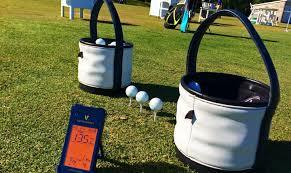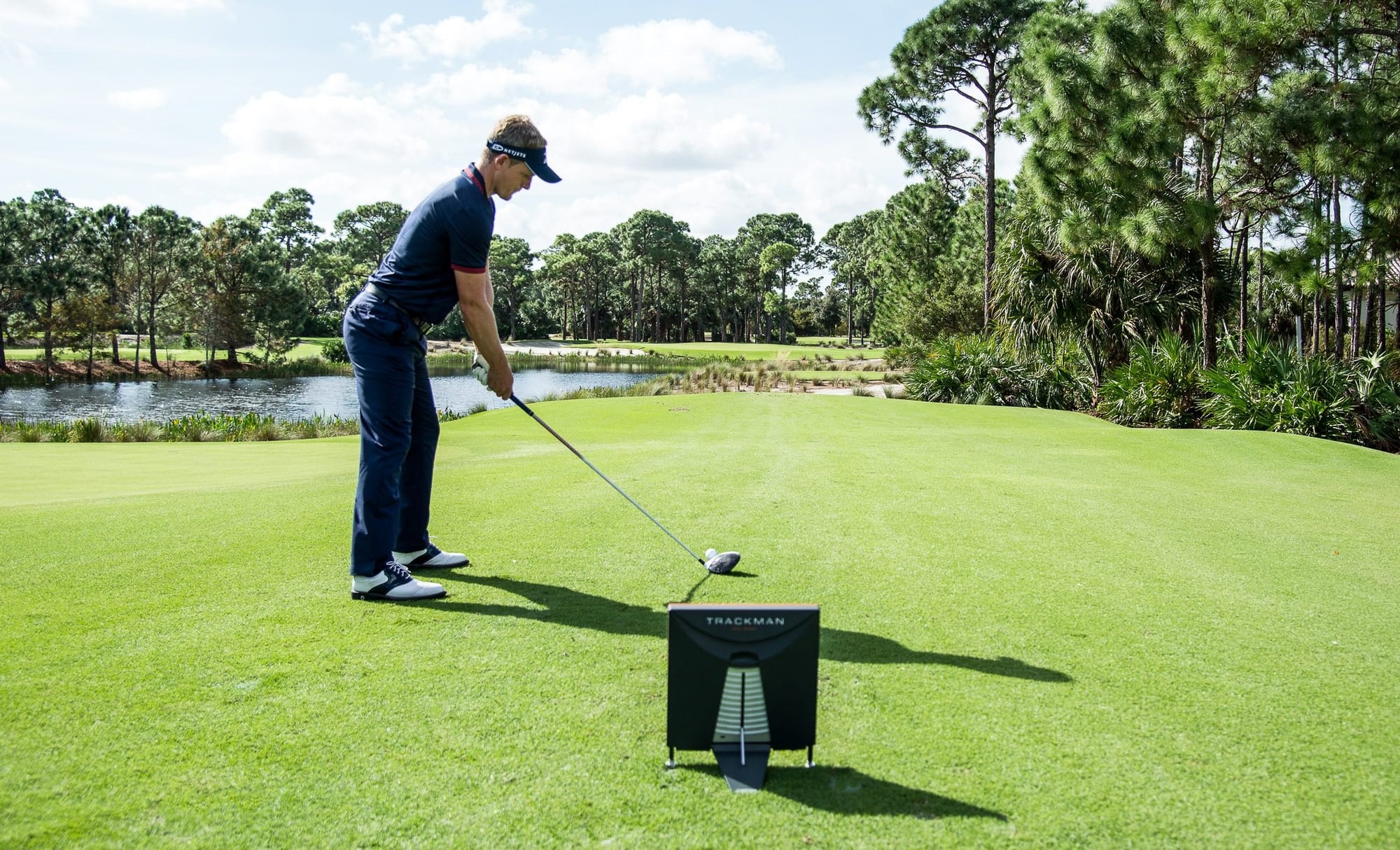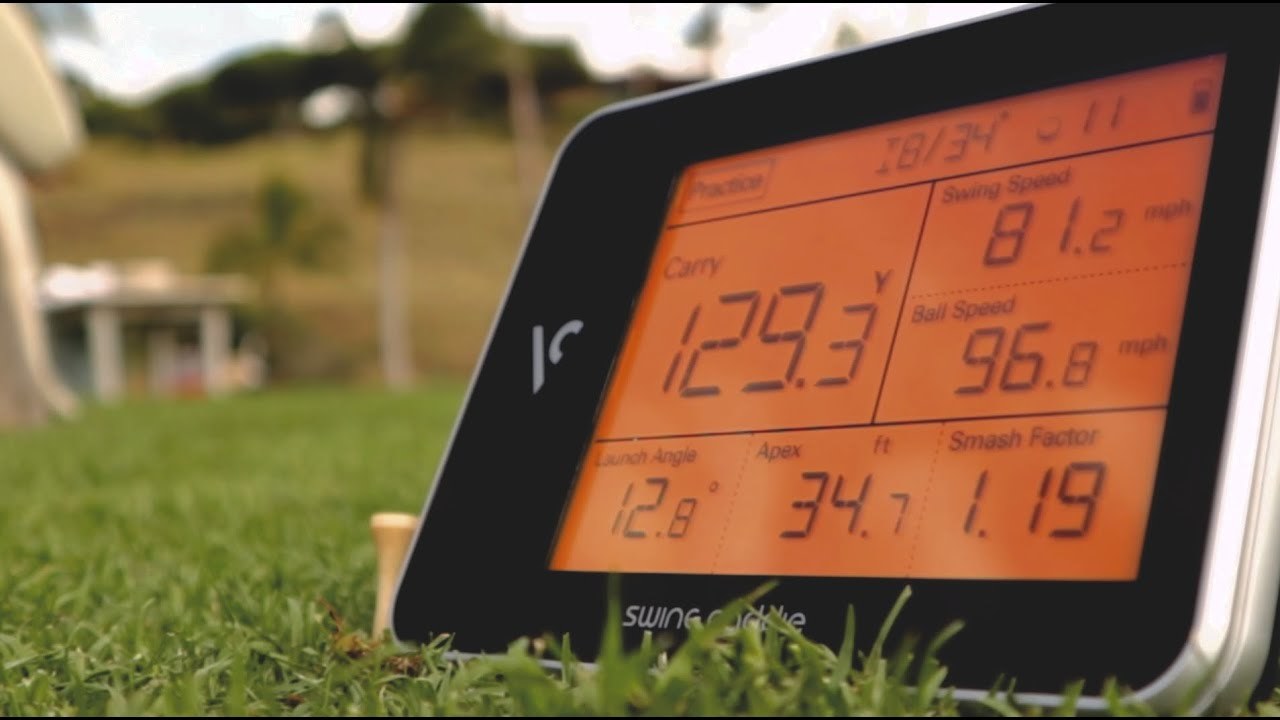Golf Launch Monitor Overview-2020

You can't open a golf magazine, look at a golf site, or shop in colossal quantities of the golf records without going over an article or an information related to Launch Angleand Driver Performance. Believe it or not, the latest appearance of another driver by one of the gigantic name brand golf associations incorporates a weighting structure that is unequivocally expected to control launch point, yet directional control too. Detachment and directional control are the two most huge things most golfers demand in a driver, in a particular request (regardless of the way that I would battle that directional control is the best approach to cut down scores). Along these lines, partition is ideal and in case you think everything that is being expressed, launch point is the best approach to intensifying division. In case that is legitimate, what is the perfect launch edge?
In any case, it is basic to comprehend that for each swing speed and space edge there is a perfect launch monitor that will make most prominent detachment - the issue is, there are such an enormous number of components it is hard to guarantee the perfect launch point will occur on each drive for any golfer. It is moreover basic to fathom the association vessel of club head speed to launch edge and the division a golf ball will travel. Moreover, it is basic to understand the different kinds of flight the golf ball can truly achieve. The whole idea of smoothing out launch edge to extend division is old news. In the book " The Search for the Perfect Swing" Alistair Cochran and John Stobbs viewed "Extending where you drive the ball off will add to the division it goes just if you do it without either reducing the ball's speed off the clubface or growing its turn." We can draw from this that a player that swings the club with satisfactory clubhead speed ("without... decreasing rate") can construct division with a higher launch point ("Increasing the edge") and lower turn ("without... growing turn").
The key point here is that any extension in partition due to launch edge and turn is dependent upon the clubhead speed. Lower swing speeds benefit by more turn, not less turn, to help improve bearing and flight time for extended division, on account of the lift that the turning ball produces. The advancement for assessing turn rates and launch focuses has genuinely gained impressive ground since the 1960's and now is available to essentially any golfer who look through it out. Nevertheless, grasp that the High Launch, Low Spin stir isn't for everyone. Without a doubt, it doesn't have any kind of effect to most golfers. Nonetheless, we get information that convinces that specific driver heads, considering mechanical testing or PC illustrating, will convey express launch edge properties or have a specific launch edge profile for any golfer that endeavors it. That is basically bogus!

Higher launch edge and lower turns rates can convey longer pass on partitions for players with swing speeds more than 85-90 mph. It takes this speed, at any rate, for the golf ball to achieve a smoothed out flight. Smoothed out Flight is obliged by smoothed out forces, for instance, lift and drag, and by gravity. At the higher swing paces, lift and drag forces of the golf ball truly give the ball a "skimming" part. Nevertheless, the clarification behind the hankering for High Launch and Low Spin for higher swing speeds is this: Higher turn delivered at higher launch edges and higher paces will make the lift force and drag made kill the forward line of flight vitality (i.e., division). Ballistic Flight is the other kind of flight a golf ball achieves. It is basically compelled by gravity alone.
Swing speeds under 85 mph will benefit by a high launch edge and a high turn rate. The clarification - the more turn, the more lift made, which can empower the ball to stay perceptible all around longer and pass on longer. At these lower speeds, the drag and essentialness lost in making turn are balanced the improvement in partition realized by the extended time recognizable all around.
The space of the club is only one of various segments that sway the launch edge and finally the full scale detachment a player can hit a driver. Various factors are: tee height, ball type, shaft type, atmosphere conditions, turf conditions, ball position, face material, the materials characteristics, face height, vertical move of the face, ball contact point on the face, and the point of convergence of gravity region of the head. In case you see turf conditions, hard and dry refrains unrestrained, a high launch circumstance may not be the perfect. Where there is a condition for a ball to roll,the needed launch conditions to intensify detachment change, from time to time radically. In coordinating launch test with players, the data collected can give understanding into how to improve division. In any case, it must be appreciated that various shots are required to expand a pool of data before any certified closures can be drawn. It ought to in like manner be reviewed that with the exception of if the player being attempted can achieve consistent contact and swing speeds, the results will contrast a ton from shot to shot. Another point to make here is that in mechanized testing, in spite of the way that repeatability can be practiced in the contact point and clubhead speed, the swing of the robot doesn't reproduce that of the vast majority of golfers. Whether or not the mechanical swing could be made to copy most swing types, very few golfers could advance toward the repeatability of contact point and clubhead speed. Thusly, data subject to results from computerized testing don't show what will happen in actuality.

Launch monitors are useful instruments in surveying real golfers, on some arbitrary shot, to choose whether the launch conditions and turn rate are inside the limits expected to improve partition. Regardless, fitting the stray pieces of room, club length, shaft weight and flex, and watching course, ball flight characteristics, and the appreciation of a player's ability and necessities will achieve a fit that upgrades partition and bearing control. Launch monitors are a remarkable development to the fitting system yet are not a be-all, end-all method for fitting or choosing driver execution.
I believe this information will empower you to understand what effect launch monitor and turn rate have in choosing the presentation of a driver. In like manner, I believe you directly have a predominant cognizance of the points of interest and imprisonments of launch monitor testing in choosing the right driver for some arbitrary golfer.
